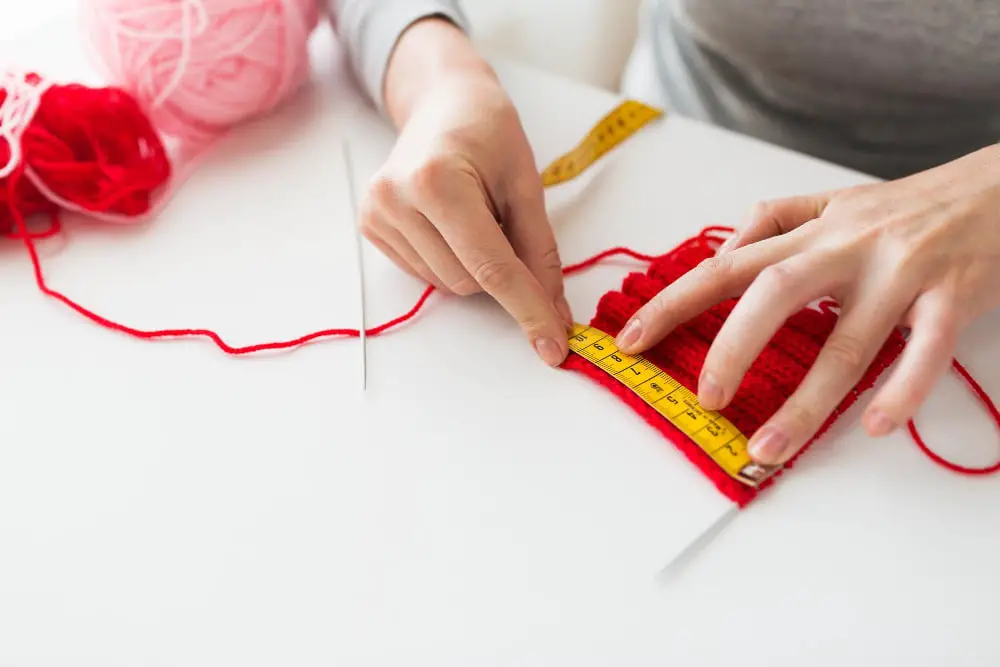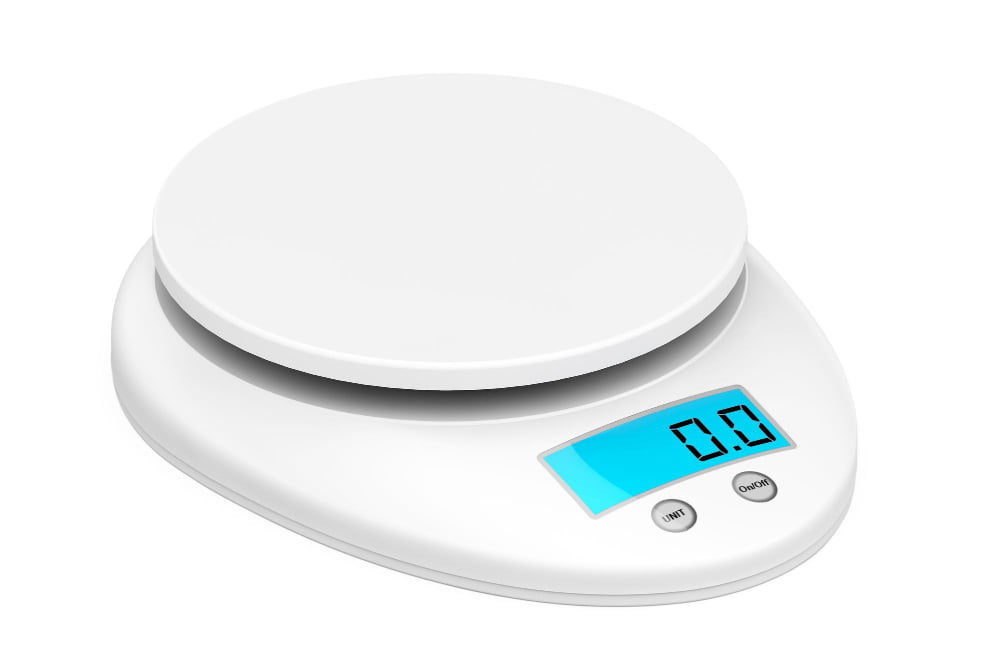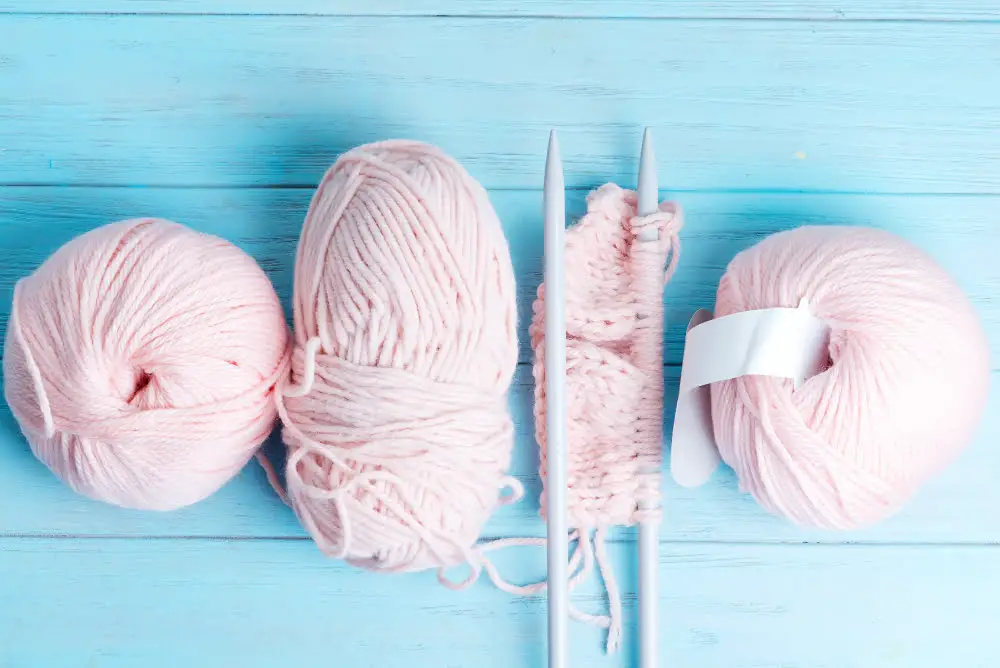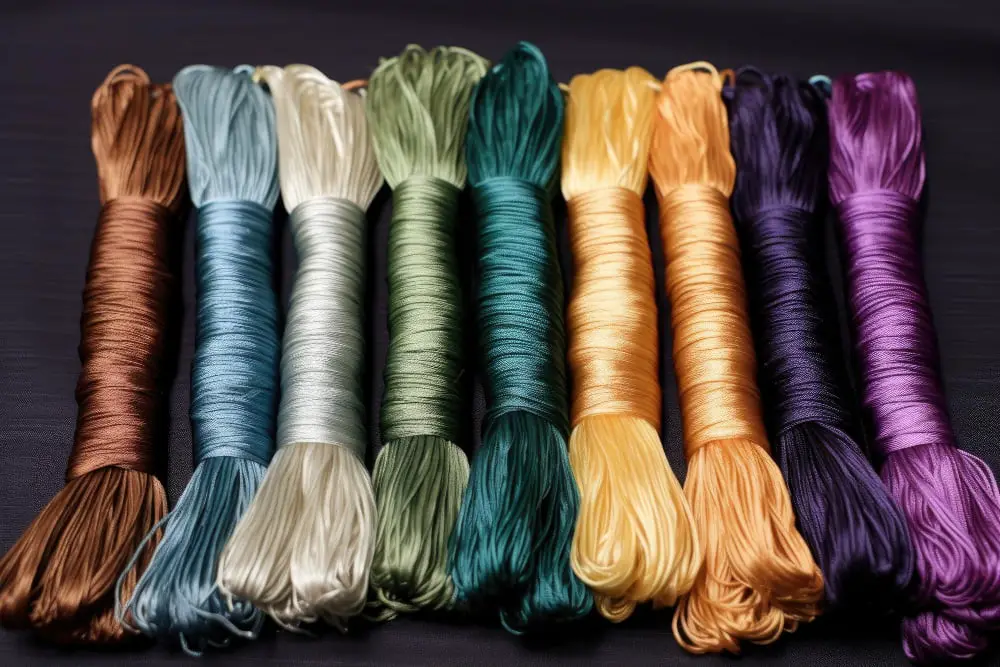Understanding how much yarn you need for a scarf is crucial in ensuring your project doesn’t run short or result in excessive leftovers.
Determining the amount of yarn for a scarf depends on several factors such as the scarf’s length, width, the stitch used, and the thickness of the yarn.
Typically, a simple scarf measuring 60 inches long and 8 inches wide, crocheted or knitted in a basic stitch, requires approximately 500-600 yards of medium-weight yarn.
However, intricate stitches or bulkier yarn may require more.
This article will delve into the specifics, providing a comprehensive guide to help you estimate yarn requirements accurately for your scarf project.
Key takeaways:
- Simple scarf: 500-600 yards of medium-weight yarn.
- Intricate stitches or bulkier yarn may require more yarn.
- Yarn thickness and tension affect yarn requirement.
- Always buy extra yarn and consider variations in tension.
- Yarn labels provide important information on yardage and weight.
Determining the Necessary Amount of Yarn for a Scarf

To kick-start the process, identifying the width and length for the desired scarf is crucial. Let’s say you’re aiming for a scarf that is 8 inches wide and 60 inches long. These specifications play a crucial role in determining the overall yarn requirement.
Once key measurements are outlined, factor in the method of scarf creation. For instance, will the scarf be crocheted or knitted? Both techniques have distinct yarn consumption patterns.
The type of stitch used also impacts yarn usage significantly. For example, a simple garter stitch in knitting or a single crochet stitch in crocheting tends to use less yarn compared to more complex patterns like a cable knit.
Equally crucial is the choice of yarn thickness or yarn weight. Generally, thicker yarns like chunky or bulky weights cover more surface area, hence require less yardage than finer yarns for the same measurements.
Do keep in mind, the tighter your tension or stitch, the more yarn you’d require to reach your desired scarf length and width. Conversely, looser tensions or stitches lend more drape but consume more yarn.
Lastly, remember to always buy an extra skein of yarn. This ensures that even if calculations are a little off or if a mistake is made, there is enough material to finish the project without scrambling for matching yarn.
Calculating the Yards of Yarn Needed for Scarf Creation

To determine the yardage, first take into account the thickness of your yarn and the dimensions of your desired scarf. Chunkier yarns require more yardage than thinner yarns. As for dimensions, a typical knitted scarf can be anywhere from 5 to 8 inches in width, and 50 to 60 inches in length.
Consider also the stitch you plan to use. Basic stitches such as garter or stockinette consume less yarn than more complex patterns. Stitches such as cables or bobbles can use up to twice as much yarn as simple stitch patterns.
Finally, remember that these figures are estimates. It’s always a good idea to buy a little extra yarn to account for any variations in your knitting tension or if you decide to change your pattern partway through. This ensures that you won’t run short on yarn before completing your scarf.
Here’s a basic breakdown of steps:
- Decide on the type of yarn and stitch pattern to use.
- Measure the dimensions of the scarf you wish to create.
- Estimate yarn usage based on the thickness of the yarn, stitch pattern, and scarf dimensions.
- Purchase additional yarn to allow for any changes or mistakes.
Weighing a Comparable Scarf to Estimate Yarn Requirement

Start by choosing a scarf of similar dimensions and stitch to the one you plan to create. Ensure that the yarn type and weight of the selected reference scarf align closely with your intended project. Once selected, proceed with the following steps:
- Use a precise kitchen scale to correctly determine the weight of your chosen reference scarf.
- Record this weight, it indicates an estimated amount of yarn you’ll need in grams or ounces.
- Understand that different types of yarn have distinct weights. A dense, chunky yarn will be heavier than a light, fluffy yarn, even if they’re the same length.
- Be aware that the complexity and tightness of the stitches also influence the quantity of yarn used. Looser, larger stitches typically consume less yarn than tighter, smaller stitches.
- Take into account that the final measurement is a guide. Purchase a little extra yarn to accommodate for any unforeseen scenarios during the knitting process.
By understanding these processes and considerations, you can tackle scarf crafting with calculated efficiency while maintaining creative flexibility.
Creating a Swatch to Calculate Individual Yarn Requirement

To start, make a small square pattern, commonly known as a ‘swatch’, using the same stitch you plan to use for the scarf. It is crucial to use the same knit stitch for the swatch as you will for the scarf because different stitches utilize different amounts of yarn. A size of 4″ x 4″ swatch is often suggested.
Next, measure the weight of the swatch with a small scale. This information is vital as it helps to understand the amount of yarn used per square inch.
Then, calculate the total surface area of the scarf you plan to make. Take into account both the width and length.
Finally, use these numbers to determine how much yarn you’ll need. By calculating the yarn used per square inch from the swatch, apply this ratio to the total surface area of the scarf. Remember that this is only an estimation, and additional yarn may be needed for added elements such as fringes or different stitch patterns.
Be sure to buy more yarn than your calculation suggests. Doing so avoids possible color or dye-lot mismatch issues that can occur if you end up needing more yarn than initially anticipated.
Interpreting Yarn Labels for Material Usage Specifics

Understanding the labels on yarn skeins is essential to ensure you have adequate material for your scarf project. Terms on these labels might initially seem confusing, but they provide crucial specifications related to the yarn’s length, weight, fiber content, and recommended gauge.
Look for the yarn weight: This information tells you about the thickness of the yarn. Thicker yarns will make denser scarves and require less yardage; thinner yarns create lighter scarves but require more yards.
Check the yarn length: Displayed in yards or meters, this will help you calculate how much you need for your scarf. On average, a simple knitted or crocheted scarf might need anywhere from 300 to 600 yards of yarn.
Pay attention to the gauge: This refers to the number of stitches per inch. Gauge is more crucial if you’re following a specific pattern but can also help you estimate how much yarn you’ll need.
Fiber content: Labels also list what materials the yarn is made from—like wool, cotton, or synthetic. This won’t typically affect the quantity you need but can influence the look and feel of your scarf.
Remember, these are general guidelines. Testing with a gauge swatch—a small square knitted or crocheted to sample how far your chosen yarn and stitches will stretch—can provide the most precise estimate of your yarn needs.
Utilizing Yarn Requirement Tables

Yarn requirement tables can be extremely useful tools, often providing estimates in yards or meters based on the general type of project and chosen yarn weight. To effectively utilize these tables, follow the key pointers below:
- Identify your project type: Knowing your project’s dimensions is necessary. In this case, we know it’s a scarf.
- Select your yarn weight: Lighter weight yarn generally requires more length than heavier weight yarn for the same project.
- Locate your project and yarn type in the table: The corresponding intersection will provide an estimate of the amount of yarn required. Keep in mind this may vary depending on stitch pattern used.
- Always buy additional yarn: Even with the help of the table, it’s wise to procure extra yarn, as exact measurements may vary based on individual knitting or crocheting styles.
- Keep the size of the project in mind: A wider or longer scarf will require more yarn. Similarly, intricate patterns or stitches may use up more yarn than simple ones.
Remember, yarn requirement tables are beneficial reference points but they aren’t definitive. Personal knitting or crocheting style, tension, pattern, and other factors all contribute to the overall yarn usage. Use these tables as a starting point and adapt accordingly.
Deciphering Knitting Patterns for Yarn Needs

Knitting patterns comprise a wealth of vital data for any knitting project. When analyzing a pattern for scarf knitting, specifically assessing the yarn demands, consider these points:
- Recognize Yardage: Patterns frequently express yarn requirements in terms of “yardage.” This refers to the total length of yarn needed. For larger projects, it might be denoted in thousands of yards.
- Number of Skeins: Some patterns might list the quantity of yarn needed in terms of “skeins” or “balls” of yarn. This will depend on the specific brand and type of yarn that the pattern recommends.
- Caveats: Pattern yarn recommendations presume that the knitter will follow the pattern exactly, including the stitch pattern and measurements. Altering these variables may affect the total yarn needs.
- Thickness Matters: The yarn weight, a measure of thickness, critically impacts the yarn quantity for a project. A pattern designed for bulkier yarn would demand less yardage but more skeins due to lower yardage per skein than the same pattern executed in lighter yarn.
- Colourway Instructions: For multicoloured scarves, patterns will break down yarn requirements by each colour. It’s crucial to note the recommended proportions to maintain the intended visual design.
- Swatching: The pattern may recommend creating a “gauge swatch” to verify the matching of the yarn tension with the pattern’s requirements. This promotes accurate estimation of yarn needs and correct fit of the final product.
- Yarn Substitution: If using a different yarn than recommended, consider the differences in yardage per skein and adjust the number of balls accordingly. Online yarn substitution calculators can greatly aid in this process.
With these points, the knitting pattern becomes a precise road map for estimating yarn needs for your scarf project.
Choosing the Most Suitable Yarn for Scarf Knitting

To choose the most apt yarn for scarf knitting, a few important parameters should be taken into consideration:
Warmth: If the scarf is intended for colder climates, thick and warm yarns like wool or alpaca are good choices. Scarfs designed for warmer seasons might opt for cotton or silk.
Texture: Chunky yarns can add a fluffy and cosy feel, whereas thin and smooth yarns offer a sleek and polished aesthetic.
Color and variegation: Solid colors create even and consistent appearances, while variegated yarns can produce unexpected and captivating patterns.
Durability: Acrylic and other synthetic yarns have excellent durability and are easy to clean, making them perfect choices for scarves that need to endure heavy use.
Hypoallergenic properties: If the wearer has sensitivities or allergies, hypoallergenic yarns like bamboo or cotton would be prioritized.
Weight: The yarn’s weight, measured in ply in some countries, can influence the scarf’s thickness and overall feel. Lightweight yarns yield thinner scarves, while heavy yarns produce thicker ones.
All these considerations require sampling and testing before final selection. It’s recommended to knit a small swatch first to see how the yarn behaves – its drape, elasticity, and how it feels against the skin. This step is important before purchasing larger quantities for a scarf project.
FAQ
How many balls of yarn do I need to make a scarf?
Depending on the stitch and desired length of your scarf, you will need between 1 and 3 balls of bulky wool.
Is one ball of yarn enough for a scarf?
Yes, a scarf can be knitted using just one ball or skein of yarn.
How much yarn do I need for a 5 foot scarf?
To crochet or knit a 5-foot scarf, you typically need between 150 to 200 grams of yarn.
What factors influence the amount of yarn needed for a scarf?
The amount of yarn needed for a scarf is influenced by factors like the desired length and width of the scarf, the stitch pattern used, the type of yarn, and the crochet or knitting method applied.
How does the thickness of the yarn affect the quantity required for a scarf?
The thickness of the yarn directly influences the quantity required for a scarf, with thicker yarns needing less length compared to thinner ones to cover the same area.
What type of yarn yields the most length for scarf-making?
Lightweight yarn, such as fingering weight, yields the most length for scarf-making due to its thinner diameter.
Related Stories
- How Much Yarn to Crochet a Scarf: Quick & Easy Guide
- How Many Yards of Yarn for a Scarf: Comprehensive Guide to Scarf Knitting
- How Much Yarn to Knit a Scarf: Comprehensive Guide for Knitters
- How Much Yarn to Make a Sweater: Comprehensive Guide and Tips
- How to Calculate Yarn Yardage: Simple Steps for Accurate Measurement
